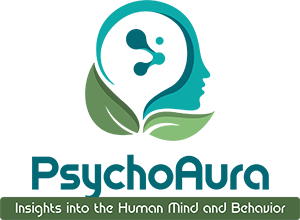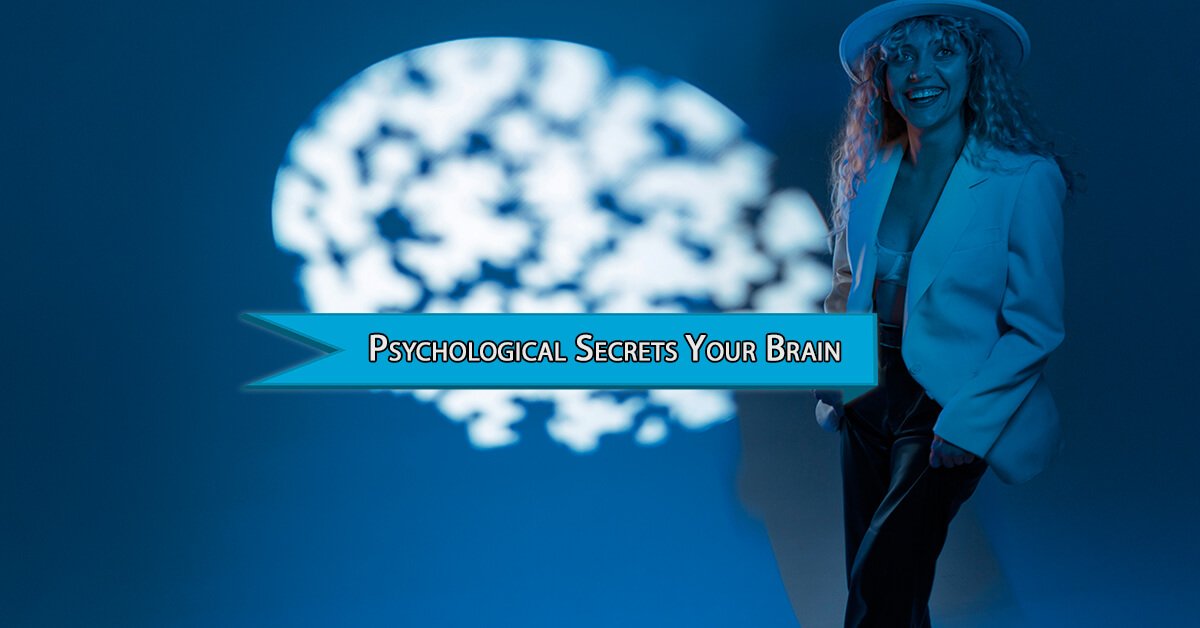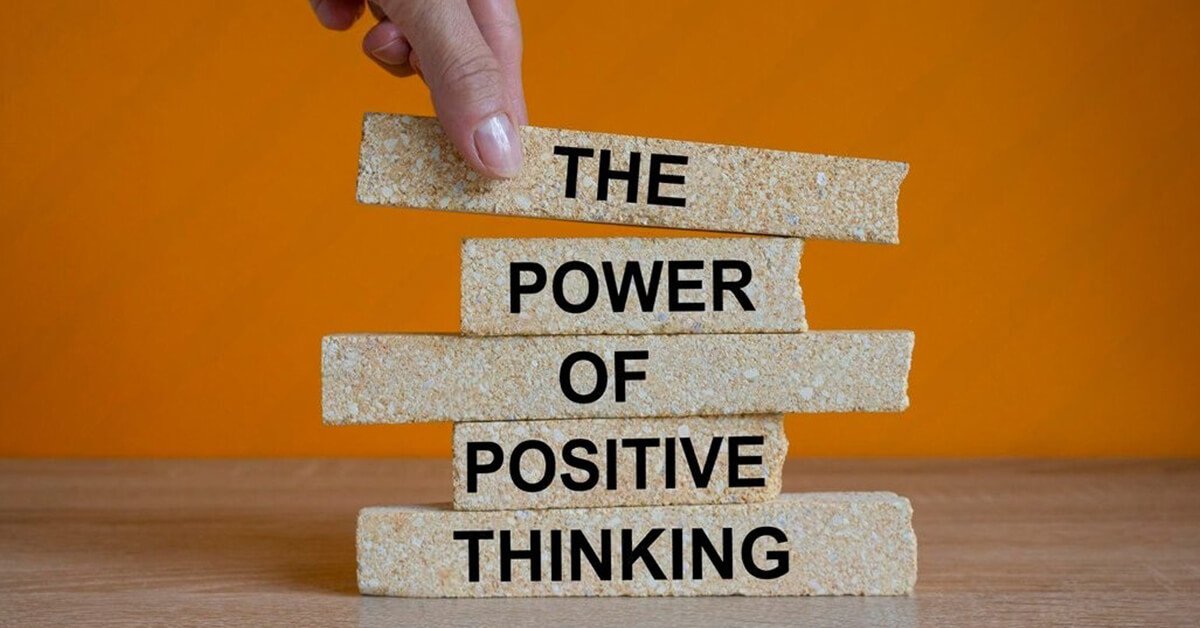Have you ever wondered why you sometimes say things you never intended to or suddenly get a gut feeling about something? Or when you walk into a room and completely forget why you went there in the first place? The answer to all these puzzling experiences lies in a part of your brain that rarely speaks loudly but controls most of what you do, your subconscious mind. In fact, your subconscious is in charge. It silently guides your thoughts, behaviours, and decisions, shaping your reality more than you realise every single day. It stores memories, processes emotions, filters information, influences your habits, and often knows what right long before your conscious mind does.
In this blog, we will explore the subtle influence of your subconscious.
The Subconscious is the Real Mastermind
Many people believe their conscious mind is slowing down. This is the part of the brain you actively use while making decisions and solving problems. However, scientists and psychologists have long known that the true mastermind behind the scenes is your subconscious mind. This part of your brain works silently, shaping your emotions, thoughts, habits, and even your overall health. It operates in the background, making choices long before your conscious mind can catch up.
Your subconscious forms what some experts now call your psychoaura, an invisible field of energy composed of your deep-rooted beliefs, emotional imprints, and automatic responses. This psychoaura influences how you interact with the world, attract experiences, and form relationships. Understanding it can help you unlock hidden potential, reprogram limiting beliefs, and align your inner world with your outer goals.
Habits and Patterns that Help the Subconscious Save Energy
Imagine you are tying your shoes. Did you pause and think through every single step consciously? Probably not. Thats because your subconscious is in charge. Once you learn a skill, your subconscious mind takes over. It stores every repeated action so your brain does not have to waste energy on them each time. This is how habits are formed. Your subconscious loves routines and patterns, it thrives on them and uses them to make your daily life more efficient. But it goes far beyond brushing your teeth or riding a bike. Your subconscious also stores your fears, beliefs, and memories, many of which you are not even fully aware of. These hidden elements shape the way you see the world.
For example
If you grew up hearing that making money is difficult, your subconscious holds on to that belief. As an adult, you might find yourself struggling to manage money or even feeling guilty for wanting wealth, even if you are working hard to earn it. This silent programming can influence your decisions, emotions, and behaviours without you realising it.
Subconscious in Daily Life
Whats more surprising is how much of your daily behaviour is driven by your subconscious. An expert suggests that up to 95 percent of our actions are influenced by it. This means that in most moments, your subconscious is in charge, not your conscious mind. But thats not scary, it is helpful. Your subconscious helps you function without overloading your mind. Imagine having to consciously think about how to walk, breathe, or speak every second of the day. Life would be exhausting.
Building Awareness- The First Step to Change
So, how do you connect with this powerful inner guide? It begins with awareness. The journey starts by noticing your automatic thoughts. What is the first thing you think when you look in the mirror? Or how do you react internally when you fail at something? These automatic responses reveal what your subconscious is silently telling you. If those messages are negative or limiting, you have the power to change them.
By observing your inner dialogue, questioning your beliefs, and challenging the patterns that no longer serve you, you can begin to reprogram the part of you where your subconscious is in charge. Techniques such as journaling, mindfulness, affirmations, and visualisation help reshape these inner narratives. The more consistently you practice self-awareness and positive reinforcement, the more aligned your subconscious becomes with your conscious goals. This alignment can unlock a new level of confidence, success, emotional well-being, and clarity in your life.
Reprogramming Through Repetition and Visualisation
One powerful way to influence your subconscious is through repetition. This is why affirmations, visualisation, and positive self-talk work. When you repeat a thought or image enough times, your subconscious begins to believe it. Athletes, public speakers, and successful leaders often use mental rehearsal to train their minds. They visualise winning, performing well, or speaking confidently, over and over, until their subconscious accepts it as truth.
Meditation and Dreams- Tuning into Inner Wisdom
Another powerful method is meditation. When you quiet your conscious thoughts, you create space for deeper awareness. Many people have found that their best ideas, breakthroughs, and solutions often come after meditation. Thats because the subconscious finally had room to speak and be heard. In that stillness, your inner wisdom can rise to the surface, offering clarity and insight that your busy mind might overlook.
Dreams are often viewed as a window into the subconscious mind. Although they may be perceived as strange or surreal, they are considered one of how the mind processes emotions, fears, and desires. When attention is paid to dreams, valuable clues about one internal state can be revealed. Unresolved conflicts suppressed emotions, and hidden aspirations are often brought to light, ones that the conscious mind might otherwise overlook. Through the interpretation of dreams and the understanding of their symbolic meanings, more profound insights into the inner self can be gained. As a result, personal healing, growth, and alignment with one true nature can be facilitated.
Emotional and Triggers- Clues to Deeper Healing
The subconscious mind closely ties to emotions. When something triggers a strong emotional reaction, such as fear, sadness, or anger, it often connects to a deeper belief or an old memory stored away. This is yet another way your subconscious is in charge, silently influencing how you respond to the world. By taking the time to understand these emotional triggers, individuals can identify hidden blocks and gradually release them. This approach starts the healing process.
It is important not to view the subconscious as an enemy. Instead, it operates with a protective instinct shaped by past experiences. If someone experienced emotional pain before, the subconscious responds to similar situations with fear to protect them. By approaching these patterns with awareness and compassion, individuals can gently reprogram this protective behavior. As a result, they gain greater freedom and emotional resilience.
Conclusion
While the conscious mind handles the tasks of day-to-day living, it is the subconscious that quietly shapes the course of your life. From guiding your habits and processing emotions to storing deep-rooted beliefs and offering hidden wisdom, your subconscious is far more potent than it seems. By learning to listen to it, through awareness, reflection, and intentional practices like meditation, visualisation, and emotional decoding, you open the door to transformation. What once felt like automatic reactions or invisible blocks can become opportunities for healing and growth.




